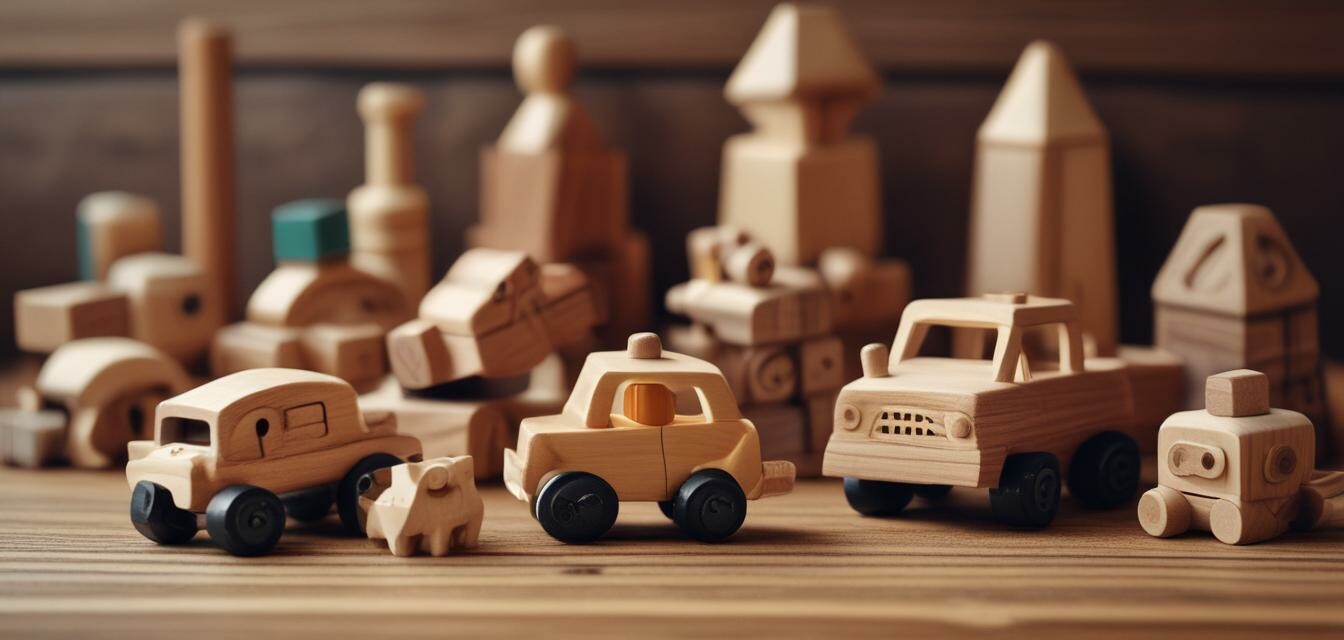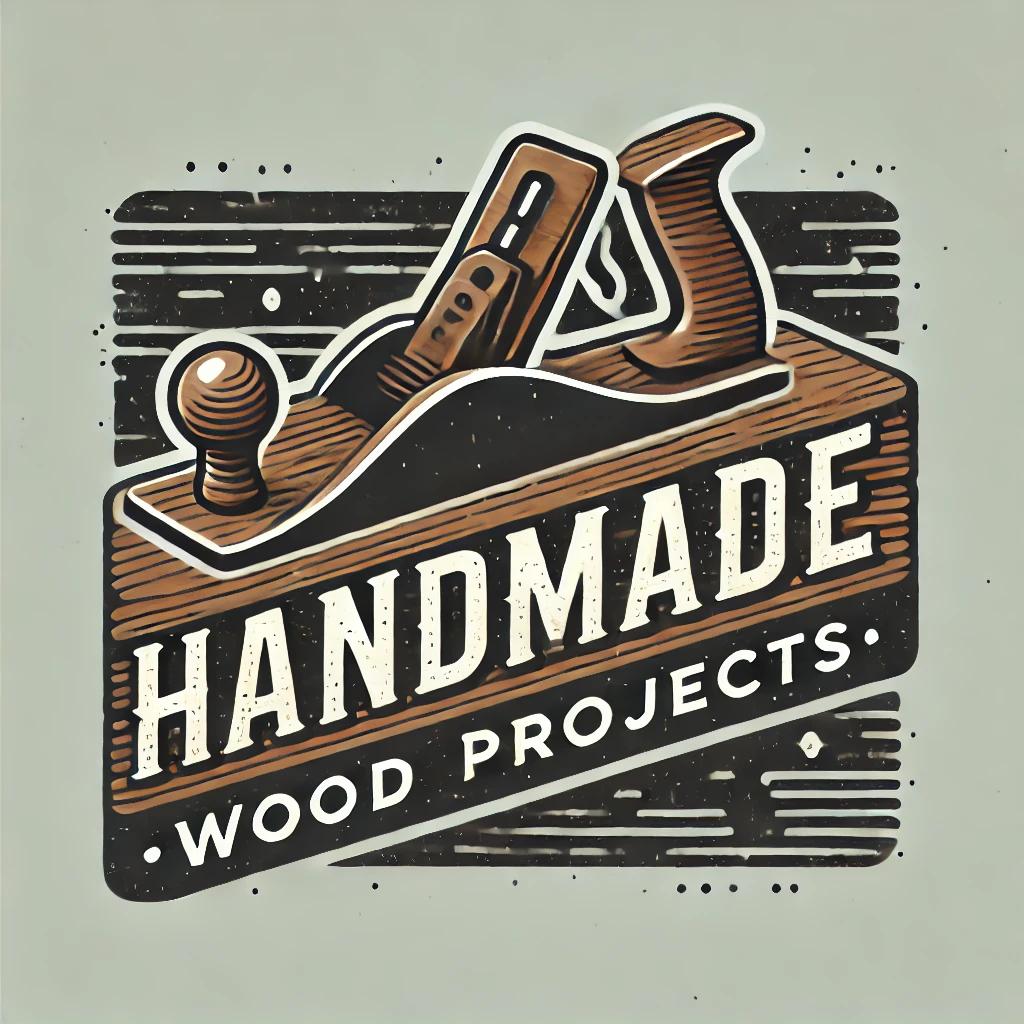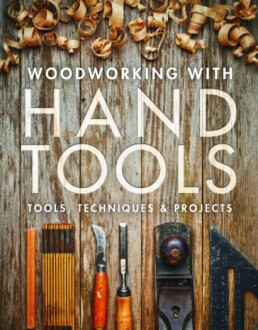
Crafting Wooden Toys That Promote Learning
Key Takeaways
- Wooden toys provide sensory stimulation and encourage cognitive growth.
- Simple designs promote fine motor skills and creativity.
- Educational toys can be customized to suit different age ranges.
- Using eco-friendly materials is beneficial for your child and the environment.
Creating wooden toys offers not just a fun woodworking experience but also a wonderful opportunity to contribute to a child's development and learning. Through play, children can enhance their cognitive and fine motor skills, and these handcrafted toys can be customized to suit various age groups and learning objectives. In this article, we will explore different types of educational wooden toys, the benefits they provide, and tips for crafting them.
Why Wooden Toys?
Wooden toys stand out for several reasons:
- Durability: Wooden toys are built to last, often stronger than their plastic counterparts.
- Safe Materials: They are often made from natural materials without harmful chemicals.
- Encouragement of Imagination: Their simple design encourages creativity and imaginative play.
- Tactile Experience: The texture of wood offers a unique sensory experience for children.
Types of Educational Wooden Toys
Here are some popular types of educational wooden toys to consider creating:
| Toy Type | Description | Skill Enhanced |
|---|---|---|
| Puzzles | Can be shapes, animals or numbers that fit into a board. | Cognitive and problem-solving skills. |
| Building Blocks | Various shaped blocks that can be stacked or arranged. | Fine motor skills and spatial awareness. |
| Toy Vehicles | Cars, trucks, or trains that can be pushed or pulled. | Imaginative play and coordination. |
| Sorting Toys | Shapes or colors that need to be sorted into the correct slots. | Color recognition and logical reasoning. |
Getting Started with Crafting
Before diving into your toy crafting project, here are the steps to consider:
- Choose a Project: Start with something simple like a puzzle or a set of blocks.
- Gather Materials: Select quality, non-toxic wood for your toys. Consider options like maple or birch.
- Create a Plan: Sketch out your design and dimensions to guide your cuts.
- Tools Required: Ensure you have the necessary tools such as a jigsaw, sandpaper, and paint (if desired).
- Safety First: Always use protective gear and work in a well-ventilated area.
Recommended Resources
To enhance your woodworking skills and project ideas, consider these valuable resources:
Woodworking with Hand Tools: Tools, Techniques & Projects
This illustrated guide helps you master woodworking with essential techniques and projects using hand tools.
Learn MoreBenefits of Customizing Wooden Toys
Tailoring wooden toys to specific educational outcomes has numerous benefits:
- Personalization: Customizing toys can incorporate specific educational themes or interests.
- Developmental Focus: You can address particular skills like counting or color recognition.
- Enhanced Engagement: Children are more likely to engage with toys that reflect their interests.
Tips for Success
Beginners Section
- Start with easy projects if you're new to woodworking.
- Consider joining a woodworking workshop to learn techniques.
- Use non-toxic finishes and paints for added safety.
- Ensure you are following safety protocols while crafting.
- Engage children in the project; they can help with painting or choosing designs.
Final Thoughts
Woodworking can be an incredibly rewarding hobby, especially when creating toys that help children learn and grow. By crafting your own educational wooden toys, you are investing in children's development while enjoying the satisfaction of working with your hands. Don’t forget to check out our DIY Project Ideas for more inspiration!
Pros
- Promotes hands-on learning experiences.
- Allows creativity in design and construct.
- Offers durability and long-term usage.
Cons
- Requires time and skill to create.
- Presents safety risks with tools if not managed properly.
- Initial costs for materials and tools may be higher.
Additional Learning Sources
To dive deeper into woodworking and crafting educational toys, check out our articles on Woodworking Workshops and Courses and Best Woodworking Tools for Beginners. Each offers insightful guidance to enhance your skills.
Explore More Projects
For more ideas, visit our categories, such as Woodworking Kits and Plans or discover new materials through our Wood Types and Materials section.




